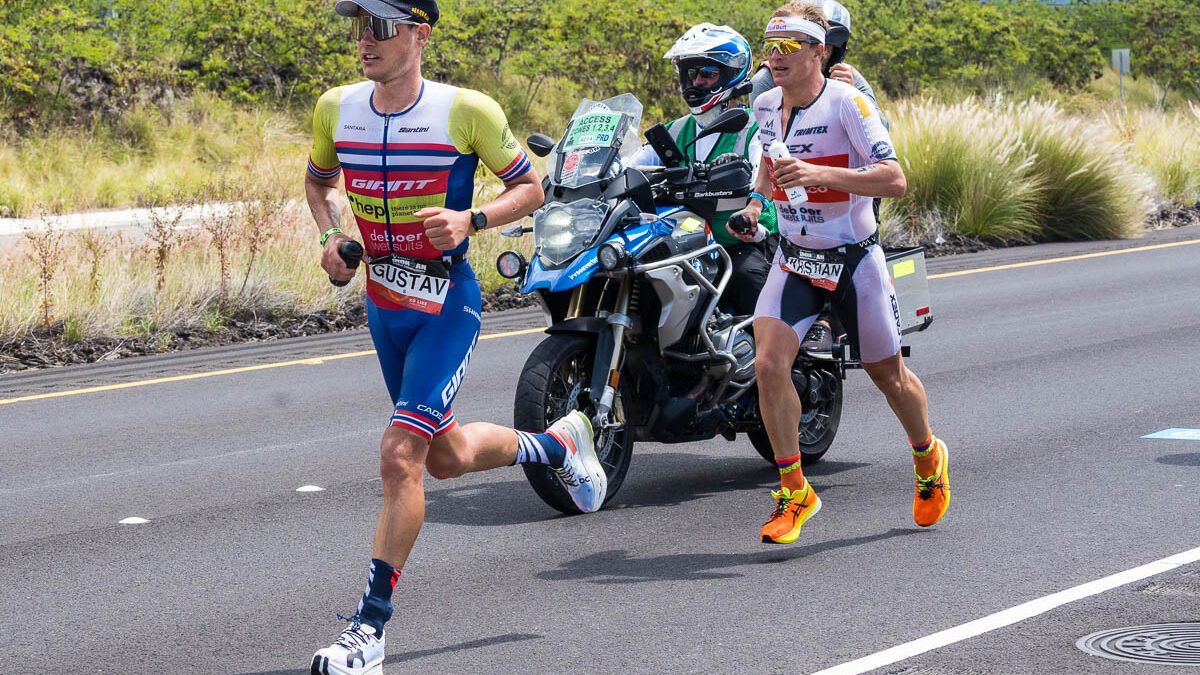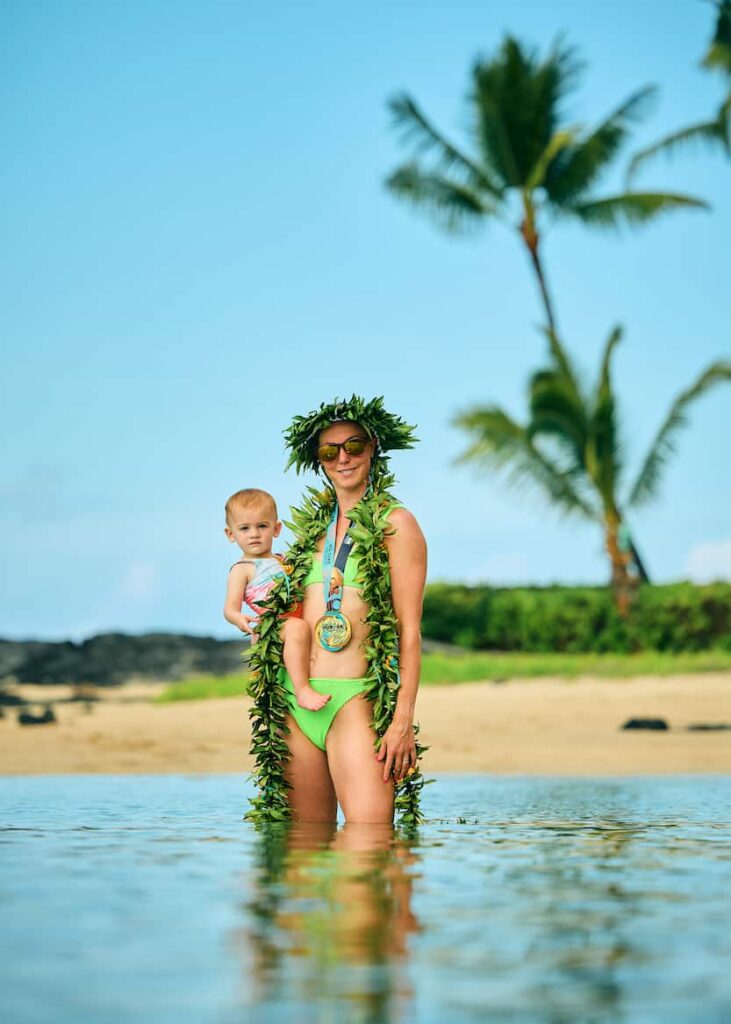World Triathlon bans super shoes (like the ones Gustav Iden wore in Kona) starting in 2023
New maternity policy announced
 Photo by:
Kevin Mackinnon
Photo by:
Kevin Mackinnon
Gustav Iden was just one of a number of Kona pros who wore shoes that wouldn’t be approved by World Athletics this year, and as of Jan. 1, 2023, those shoes won’t be legal at World Triathlon events, either. Since Ironman follows most of the World Triathlon rules, one would assume that the shoes won’t be allowed at those events next year, either. (We’ve reached out to Ironman for comment on the new rules and will update this story if/ when we hear back.)
Related: Gustav Iden’s record-breaking shoes wouldn’t be legal at World Athletics events
The World Triathlon Executive Board met in Abu Dhabi on Nov. 22 and approved the Competition Rules updates that will take effect on Jan. 1, 2023.
World Triathlon events will now follow the lead of World Athletics when it comes to running shoes. We reported on the new World Athletics rules when they were announced in 2020:
From 30 April 2020, any shoe must have been available for purchase by any athlete on the open retail market (online or in store) for a period of four months before it can be used in competition.
If a shoe is not openly available to all then it will be deemed a prototype and use of it in competition will not be permitted. Subject to compliance with the rules, any shoe that is available to all, but is customised for aesthetic reasons, or for medical reasons to suit the characteristics of a particular athlete’s foot, will be allowed.
Where World Athletics has reason to believe that a type of shoe or specific technology may not be compliant with the rules or the spirit of the rules, it may submit the shoe or technology for study and may prohibit the use of the shoe or technology while it is under examination.
The new rules also put some limits on the depth of a shoe’s midsole and the number of carbon plates that it can contain:
Further, with immediate effect there will be an indefinite moratorium on any shoe (whether with or without spikes) that does not meet the following requirements:
- The sole must be no thicker than 40mm.
- The shoe must not contain more than one rigid embedded plate or blade (of any material) that runs either the full length or only part of the length of the shoe. The plate may be in more than one part but those parts must be located sequentially in one plane (not stacked or in parallel) and must not overlap.
The On prototype shoe Iden wore in Kona appeared to have a sole deeper than 40 mm.

Maternity policy
Following in the footsteps of the Professional Triathletes Organisation, which has offered a maternity policy from day one, World Triathlon will now “freeze the rankings of athletes in terms of competition entries from the moment they announce their pregnancy until the child is two years old, to facilitate their return to competition. The rule also applies to female athletes that suffer a miscarriage after their 20th week of pregnancy,” World Triathlon said in a release today.
Related: Chelsea Sodaro calls for greater equality in sport
Helmet rule
World Triathlon also appears to have put in place a rule to prevent any argument around chin strap violations similar to the one that led Hayden Wilde to get a penalty at the Commonwealth Games earlier this year. “Touching the helmet locking mechanism is now forbidden before the bike is racked,” today’s statement says.
You can see the entire list of rule updates here.
